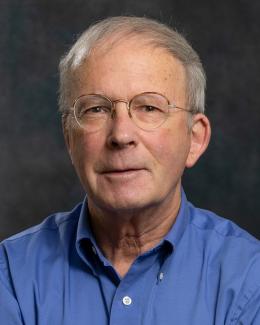Abstract
Numerical simulations of runaway electrons (REs) with a particular emphasis on orbit dependent effects in 3-D magnetic fields are presented. The simulations were performed using the recently developed Kinetic Orbit Runaway electron Code (KORC) that computes the full-orbit relativistic dynamics in prescribed electric and magnetic fields including radiation damping and collisions. The two main problems of interest are synchrotron radiation and impurity-based RE dissipation. Synchrotron radiation is studied in axisymmetric fields and in 3-D magnetic configurations exhibiting magnetic islands and stochasticity. For passing particles in axisymmetric fields, neglecting orbit effects might underestimate or overestimate the total radiation power depending on the direction of the radial shift of the drift orbits. For trapped particles, the spatial distribution of synchrotron radiation exhibits localized “hot” spots at the tips of the banana orbits. In general, the radiation power per particle for trapped particles is higher than the power emitted by passing particles. The spatial distribution of synchrotron radiation in stochastic magnetic fields, obtained using the MHD code NIMROD, is strongly influenced by the presence of magnetic islands. 3-D magnetic fields also introduce a toroidal dependence on the synchrotron spectra, and neglecting orbit effects underestimates the total radiation power. In the presence of magnetic islands, the radiation damping of trapped particles is larger than the radiation damping of passing particles. Results modeling synchrotron emission by RE in DIII-D quiescent plasmas are also presented. The computation uses EFIT reconstructed magnetic fields and RE energy distributions fitted to the experimental measurements. Qualitative agreement is observed between the numerical simulations and the experiments for simplified RE pitch angle distributions. However, it is noted that to achieve quantitative agreement, it is necessary to use pitch angle distributions that depart from simplified 2-D Fokker-Planck equilibria. Finally, using the guiding center orbit model (KORC-GC), a preliminary study of pellet mitigated discharges in DIII-D is presented. The dependence of RE energy decay and current dissipation on initial energy and ionization levels of neon impurities is studied. The computed decay rates are within the range of experimental observations.



